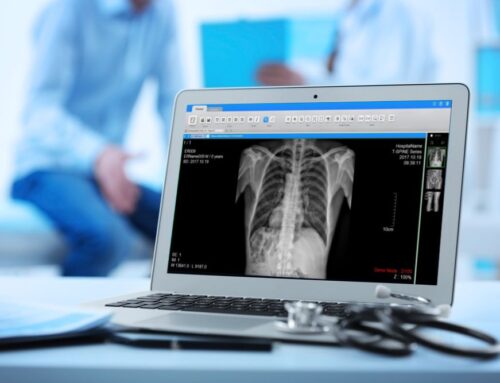Coronary artery CT, also known as coronary computed tomography angiography (CCTA), is a non-invasive imaging test that uses X-rays to produce detailed images of the heart and its blood vessels. This procedure is becoming increasingly popular as a diagnostic tool for detecting and evaluating coronary artery disease (CAD), which is a condition that occurs when the arteries that supply blood to the heart become narrowed or blocked.
During a coronary artery CT scan, the patient lies on a table that slides into a large, doughnut-shaped machine called a CT scanner.
The scanner takes multiple X-ray images of the heart from different angles, which are then combined by computer software to create detailed 3D images of the heart and its blood vessels.
One of the main advantages of coronary artery CT is that it is non-invasive, meaning that it does not require any incisions or catheters to be inserted into the body. This makes it much less risky and more comfortable for patients than invasive procedures such as cardiac catheterization.

Another advantage of coronary artery CT is its high accuracy in detecting CAD. Studies have shown that CCTA has a sensitivity of over 90% in detecting significant CAD, which means that it can accurately identify most cases of this condition. This makes it an excellent tool for screening patients who may be at risk for CAD, such as those with high blood pressure, high cholesterol levels, or a family history of heart disease.
Coronary artery CT can also be used to evaluate the severity and extent of CAD in patients who have already been diagnosed with this condition.
By providing detailed images of the heart and its blood vessels, CCTA can help doctors determine whether medication or surgery is needed to treat CAD.
However, there are some limitations to coronary artery CT that should be considered. One limitation is that it exposes patients to ionizing radiation, which can increase their risk of cancer over time. To minimize this risk, doctors may use low-dose protocols or limit the number of CT scans that a patient receives.
Another limitation is that CCTA may not be suitable for all patients, particularly those with kidney problems or allergies to contrast dye.
In these cases, alternative imaging tests such as stress tests or cardiac catheterization may be more appropriate.
In conclusion, coronary artery CT is a valuable diagnostic tool for detecting and evaluating CAD. Its non-invasive nature and high accuracy make it an excellent option for screening patients who may be at risk for heart disease, as well as for assessing the severity and extent of CAD in patients who have already been diagnosed with this condition. However, its limitations should also be considered, and doctors should carefully weigh the risks and benefits of this procedure before recommending it to their patients.

